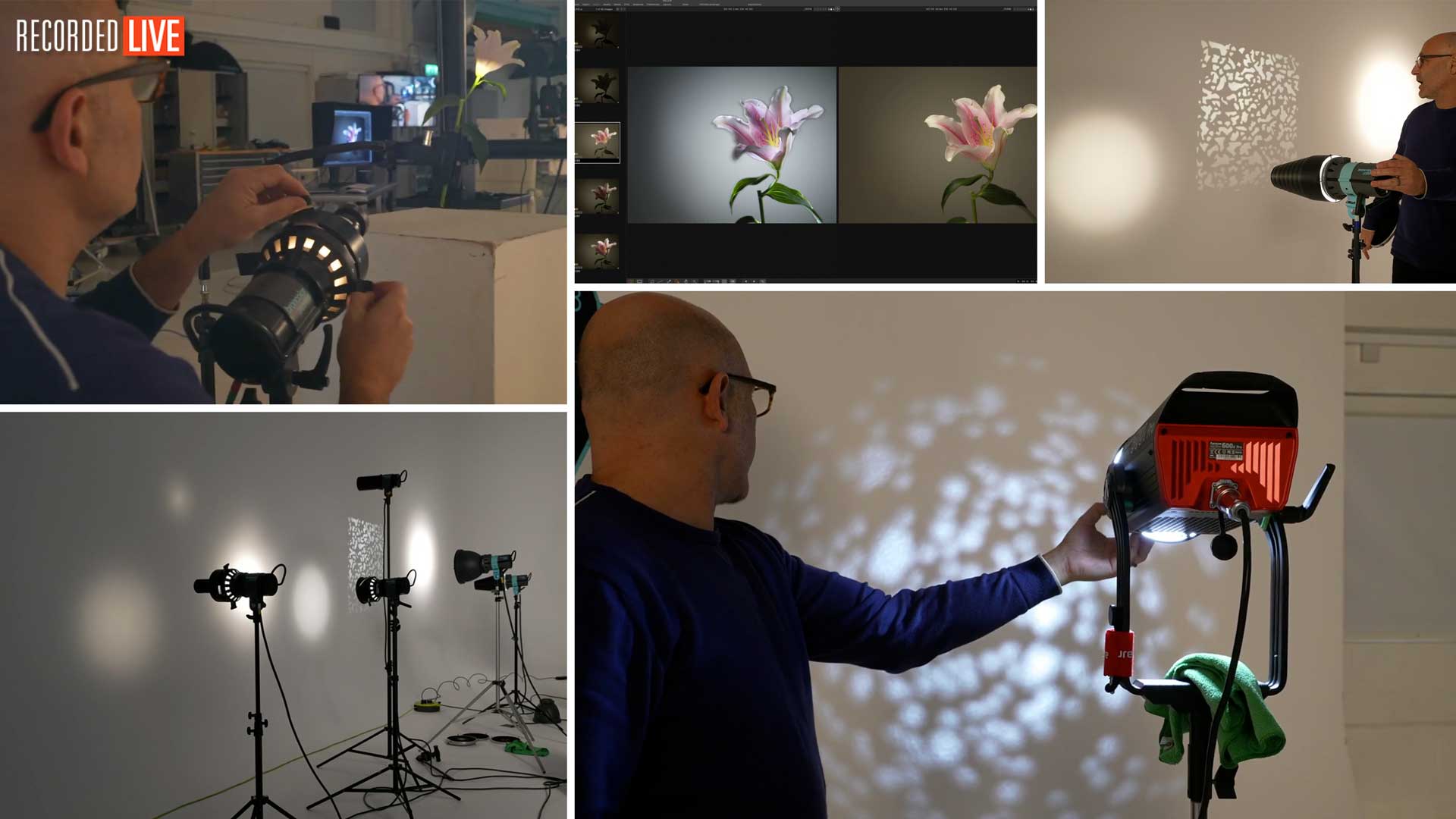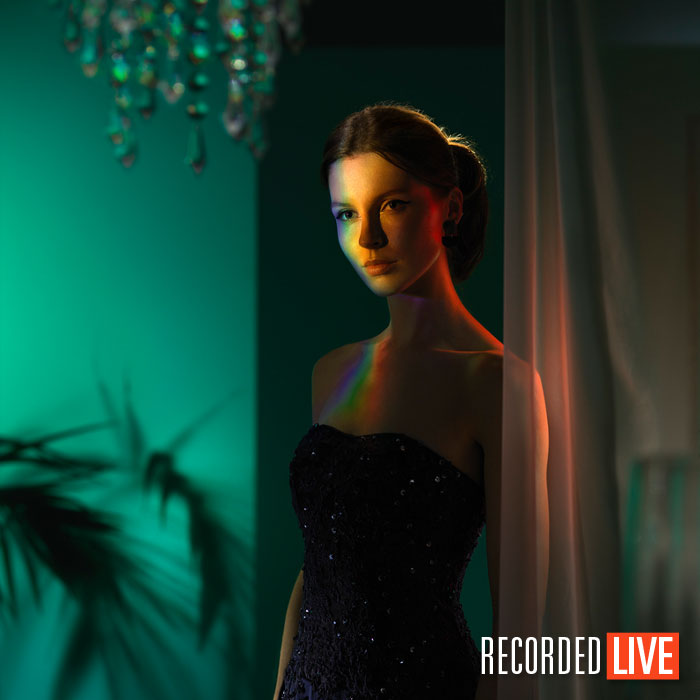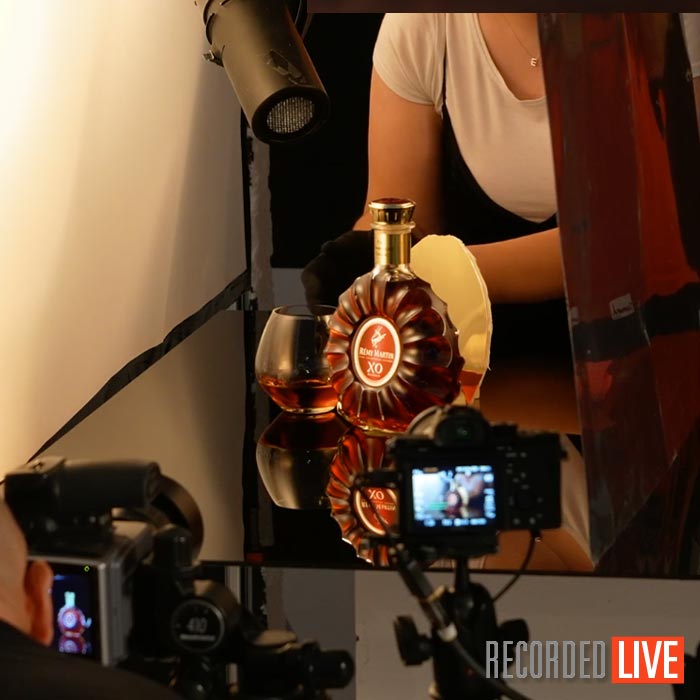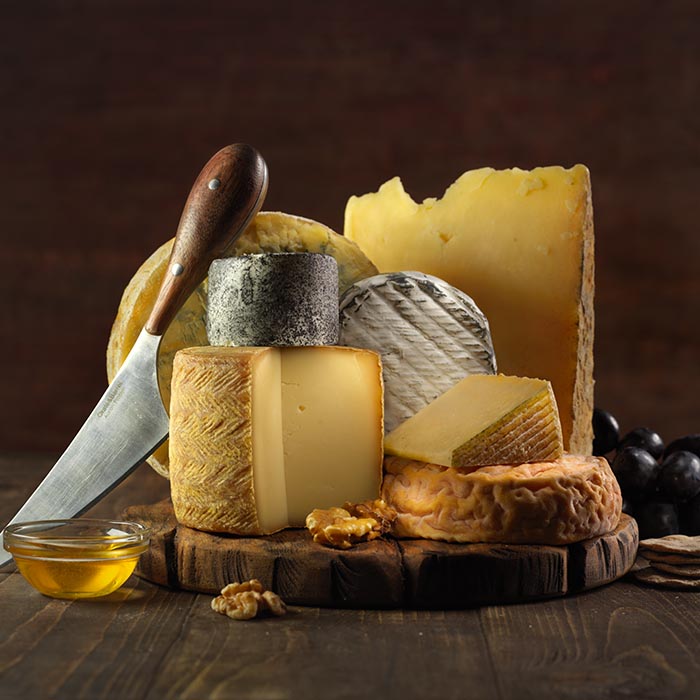Precision Lighting: Modifiers and Techniques
Keep your lighting precise with these handy modifiers.
In this photography lighting workshop, recorded LIVE, Karl introduces you to some of his favourite modifers for precision lighting in the studio.
As he demonstrates projection attachments, Picolites, Fresnels, snoots, and many more, he answers members’ questions about lighting equipment and techniques.
Next, it's time to start shooting. As Karl works meticulously to light a lily using a selection of the modifiers he’s just discussed, he shows you how to put your precision lighting knowledge into practice.
In this class:
- Lighting modifiers for studio photography
- Precision lighting techniques
- Long-exposure photography techniques
Some of the other classes Karl refers to include:
- Fashion Photography Using Laser Lighting and Flash Photography
- Still Life Pasta: Long-Exposure Lighting Techniques
- Food Photography With Anna Pustynnikova
Questions? Please post them in the comments section below.






Comments
This should be Top Secret!
Would you test shoot with a 120w or 150w LED to get a real idea of the output precision modifier?
Is modelling light too weak to see on cheaper brands than Broncolor?
Karl,
Can we think of the fringing and ghosting effects caused by the mixing of cont light and flash as a result of insufficient time (short shutter speeds – although 2 seconds seems longer maybe not sufficient) for photons to flood into the perimeter of the subject resulting in a blacked-out area? Would an increase in shutter speed such as 8 seconds perhaps could have attenuated the darkening effect around the edges of the subject? Thanks!
Hi Myles, black fringing is where the subject has obscured part of a lighter area during the exposure due to movement. Photons travel at 300,000km per second so they don’t have a problem getting anywhere and everywhere, the problem is that if you have continuous light and you have flash light you have two light sources and the one that is freezing the subject is usually the flash duration at around 1/5000th to 1/10,000th of a second, if we also have continuous light then that light has an effect on the subject if the shutter speed doesn’t match the flash duration speed (which it rarely can). So the best solution is not to mix continuous light and flash and just use flash.
Hi Karl,
In response to your kind reply, I would like to ask you for a little more clarification regarding this matter. Yes, light is traveling superfast so light itself should not be the issue. However, the recording medium does not have sufficient time to record the light where the subject has now moved away and left a void in that specific part of the photograph. My question should be more like, if we suddenly move the subject away from its original position during a long exposure where we employ flash with fast enough flash duration would perhaps an exposure of let’s say 8 seconds now fill in that blank area where fringing has formed? Would the recording medium (the digital sensor) with a longer exposure time have sufficient time for the continuous light to flood in that area where the subject has moved away? I do understand that it is always better not to mix different types of light sources such as continuous with bursts of light but I am really interested and trying to understand the physics of this phenomenon so as to have a complete grasp of this concept. Thank you for any additional input you might want to share.
Hi Myles, I’m copying and pasting some of your comments to reply below to help me and others understand:
Myles: ‘However, the recording medium does not have sufficient time to record the light where the subject has now moved away and left a void in that specific part of the photograph’
Karl: I don’t understand this point? The recording medium has more than enough time to record an entire event because you can adjust the recording time to be longer than the event itself?
On the second part of your comment I’m afraid I don’t really understand what you mean but I’ll try to answer: If the exposure recording time was say 8 seconds and your subject was photographed with flash then the flash would record them in that position and the subject itself is blocking any light from objects behind such as the background but only if the subject remains in the same place for the whole 8 seconds. If the subject moves completely away say after 4 seconds then there are another 4 seconds of exposure left and if there is still light coming from other sources other than the flash then that light (if it is a white or light background) will start to add more exposure to the area where your subject was, causing over exposure. If the background was a good matt black then very little affect would be noticed as black is absorbing all the extra 4 seconds of light. If your subject is on a white background and remains in place but moves slightly then you get fringing because the subject starts blocking new areas that would have been exposed by the ambient light but have now been blocked by the subject.
For the flower part, does it mean we can use our flash to fix the subject and then use continuous light to make compositing effects. I mean we can use LED lights to make spinning effects for example around the product. Is it possible to do that regarding the continuous light in the exposure of the image?
It could be a different effect as shaking the subject to make ghosting.
I hope my explanation has been clear ah ah.
Thank you a lot for your class!
Hi, yes it does. Watch this class to see more of that in action: https://visualeducation.com/class/stroboscopic-flash-techniques/
If I use few BRONCOLOR lights with Broncolor app, can I buy any Godox, Wescott or other brands of lights and get it triggered if I set the lights as slave?
Hi, yes.
Hi Carl
I only photograph jewelry and I would like to buy this Projection Attachment:
https://martcom.eu/en/prodotto/jinbei-dp-06-focusing-snoot-for-flash-and-led-light/.
It’s within my budget and I’ve heard a lot of good reviews…
I usually work with apertures between f8 and f14 (Canon EF 100mm f/2.8L Macro)
and I often use focus stacking (with Helicon)
I use 600 Ws lamps, I wonder if it’s not enough to use them effectively?
Hi, Obviously we don’t know that one so we can’t tell you if it’s any good or not. We’ve heard good reviews of this one: https://www.fjwestcott.com/products/optical-spot-by-lindsay-adler
Thanks for the recommendations. I will think about that. My question was more about if I have enough power (studio flash 600Ws) to use the projection attachement comfortably…
Hi, yes 600 is enough. You loose a lot of light through a projection attachment but the maximum I can use mine is at 1600 and I’m usually using it at 800. If you find it’s not enough just turn your ISO by one stop from 100 to 200 and that will effectively double the power of your flash.
THIS WAS A GREAT CLASS FOR ME, I WILL WATCH IT AGAIN. I ALWAYS WONDERED HOW IN CERTAIN PHOTOS, ESPECIALLY OF A PRODUCT, I OBSERVED VERY PRECISE LIGHTS AND I DID NOT KNOW HOW, BUT WHEN I WATCHED THIS CLASS I SEE THE IMPORTANCE OF THESE TYPES OF LIGHT MODIFIERS, WHICH ARE THE ONES THAT DO THE WORK.
GREETINGS FROM DOMINICAN REPUBLIC
Thank you, I’m glad you enjoyed the class.
Question about the fluter: I don’t have one but it sure looks interesting. It looks so large.. reminds me of a Hollywood search light.. in my mind it looks like it should be used from some distance. From what distance are you usually using this type of light?
Hi Gary, yes the Flooter is a medium to large fresnel lighting modifier similar to those used in the film industry (and lighthouses) it uses a chamfered lens to reduce weight but still providing the ability to collimate and throw the light a long way in a relatively precise beam with a soft edge. Elinchrom also do a similar one and Aperture do one for their led lights in a bowens fit that looks like it would fit on any bowens fit light.
Thanks again for such a thoroughly explained lesson 🙂 I was wondering why you always took the picolight when using these precision modifiers. Could you have taken a normal strobe for the same examples?
Thank you very much.
Hi, thank you. Simply I’ve just got the picolites but there are other a precision modifiers that are available for other brands of lights for example Westcott make an optical snoot. I believe there are also modifiers such as this for speedlites but these are much more difficult to use as generally speedlites don’t have a modelling light to see what is happening.
Hi Karl. New subscriber here and really enjoying your instructional material — definitely first rate presentations!. I got a couple of Bowens mount adapters for my speedlights (one from Neewer and one from Godox.). They work fine for using any of my Bowens mount modifiers with the speedlights, so I’ve been able to easily use them as secondary studio lights. Using a cheap Impact brand snoot from B&H gives me decent results as well. Oh, and my speedlights have a brief 2-second rapid burst “modeling lamp” mode to let me aim the lights — not perfect but gets the job done.
Hi Bill, glad you are enjoying our content and thank you for letting us and the other members know about options for speedlites. All the best Karl.
Hi Karl,
As usual a great lesson! I never thought about using the fresnel to backlight the flower petal. Can the fresnel also be used to backlight (possibly with a color gel) a bourbon bottle to give some glow to the liquid, similar to putting a gold reflector card behind the bottle?
Thanks!
Hi Lucas, thank you. In answer to your question no not really as the light doesn’t really illuminate the liquid it will just bounce around inside the glass bottle making a few highlights. To see ‘light’ in liquid you have to see the light source itself: light bouncing off reflector card or the light source itself which would mean you need to shine the light directly through the liquid at the camera and then of course you have to work out how to hide the rest of the light source that you don’t want sticking out the side or your background.
Thanks again for this thourough tutorial about the lighting.
I hope your lens is ok.. I screamed when I saw it falling, cause it happened to me before. I damaged a Canon 70-200 f2.8 IS when it dropped on the ground suddenly detached from the camera which was on my shoulder. Even I sent it away to be fixed it’s not as it was..
Thanks again for your efforts and hard work
Ha yes! Unfortunately it cost £700 to repair!
Hi Karl, thank you for this class. I was wondering what would be the best choice of modifier between a fresnel and a hardbox to mimick sunlight with sharp shadows? Cheers!
Hi Stan, the light that will simulate sunlight the best is one that approximates the apparent physical size of the sun and emulates the light from the sky at the same time. Often this is as simple as a bare bulb light in a studio as demonstrated in this and the following class – https://visualeducation.com/class/studio-lighting-setups-portraits-one-light-setup-16/ these classes explain the science why. The hardbox will simulate hard light shadows but doesn’t give you the sky light so you will need another light as well. A large fresnel in flood mode will give you the hard light and some sky light. Also run through your ‘Lighting Comparison App’ in your customer home page to see comparisons.
Wow! It was a super enriching session! Every second of it was packed with of useful information! Thanks!
Thank you.
Amazing show Karl, thanks a lot for all the information. I usually use continuous light on the projection attachment because my flashes are not so powerful. Cheers!